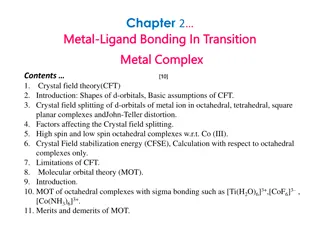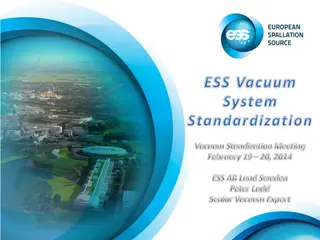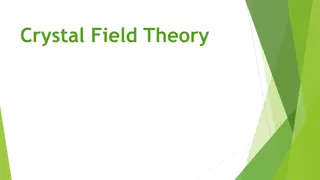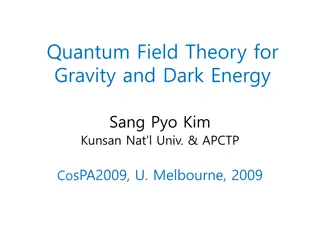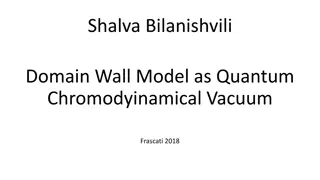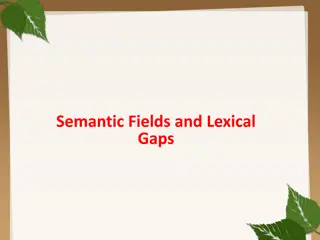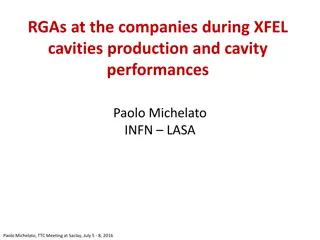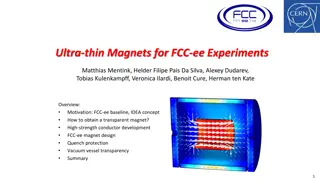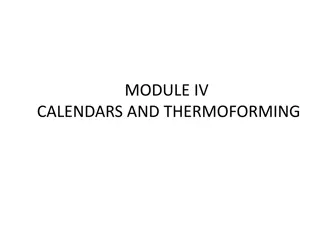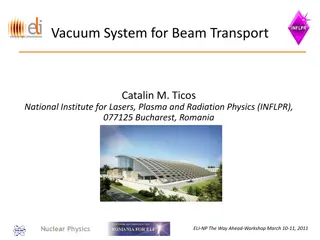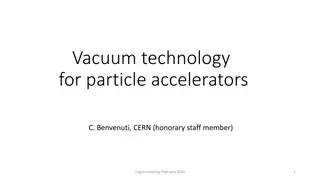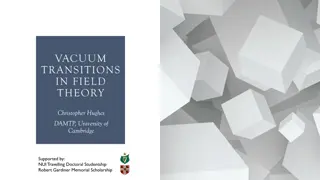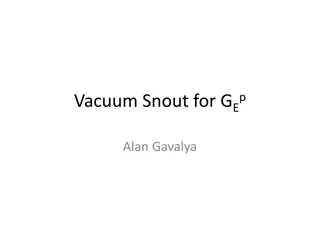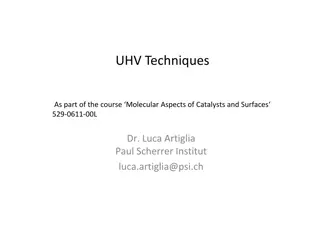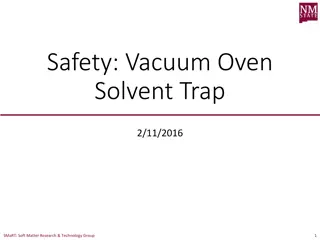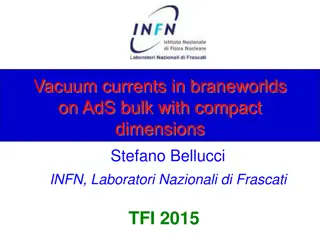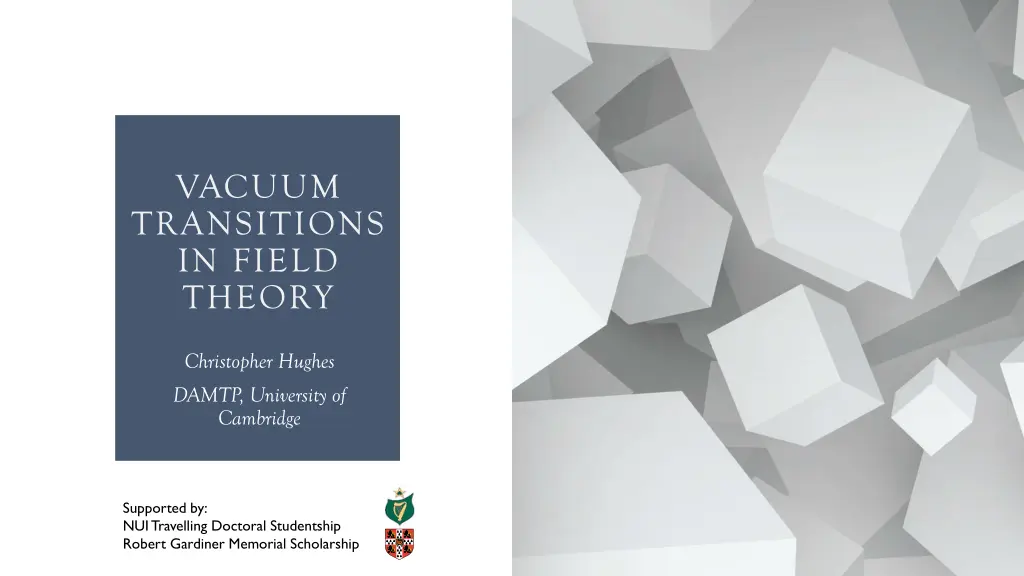
Vacuum Transitions in Field Theory - Research Insights
Explore research on vacuum transitions in field theory, including different approaches and key references. Understand the challenges and advancements in the field through a comprehensive overview provided in this content.
Download Presentation

Please find below an Image/Link to download the presentation.
The content on the website is provided AS IS for your information and personal use only. It may not be sold, licensed, or shared on other websites without obtaining consent from the author. If you encounter any issues during the download, it is possible that the publisher has removed the file from their server.
You are allowed to download the files provided on this website for personal or commercial use, subject to the condition that they are used lawfully. All files are the property of their respective owners.
The content on the website is provided AS IS for your information and personal use only. It may not be sold, licensed, or shared on other websites without obtaining consent from the author.
E N D
Presentation Transcript
VACUUM TRANSITIONS IN FIELD THEORY Christopher Hughes DAMTP, University of Cambridge Supported by: NUI Travelling Doctoral Studentship Robert Gardiner Memorial Scholarship
EUCLIDEAN APPROACH 1. WKB suggests the decay is given by Equivalent to Bounce solution of negative potential What is wrong with this?
EUCLIDEAN APPROACH 2. Decay given by imaginary part of the partition function (at large times) But Z will be real for physical (bounded from below) potentials Need to deform contour to integrate over saddle points
NEWER APPROACHES Schwartz et al. (2016/7/8) Direct Approach An equivalent formulation using propagators that does not require analytic continuation of the potential. Applied to the Higgs potential to estimate the lifetime of the universe . Quevedo et al. (2020) Lorentzian Approach Works in Lorentzian time via a Hamiltonian approach. Allows both open and closed universes from a decay of the cosmological constant.
REFERENCES S. R. Coleman, The Fate of the False Vacuum. 1. Semiclassical Theory, Phys. Rev. D, vol. 15,pp. 2929 2936, 1977. [Erratum: Phys.Rev.D 16, 1248 (1977)]. C. G. Callan and S. Coleman, Fate of the false vacuum. ii. first quantum corrections, Phys. Rev.D, vol. 16, pp. 1762 1768, Sep 1977 S. R. Coleman and F. De Luccia, Gravitational Effects on and of Vacuum Decay, Phys. Rev. D,vol. 21, p. 3305, 1980. A. Andreassen, D. Farhi, W. Frost and M. D. Schwartz, Precision decay Rate Calculations in Quantum Field Theory, Phys. Rev. D, vol 95, 2017 A. Andreassen, W. Frost, and M. D. Schwartz, Scale-invariant instantons and the complete life-time of the standard model, Physical Review D, vol. 97, Mar 2018 S. Cespedes, S. P. de Alwis, F. Muia and F. Quevedo, Lorentzian Vacuum Transitions: Open or Closed Universes? [arXiv:2011.13936 [hep-th]]



